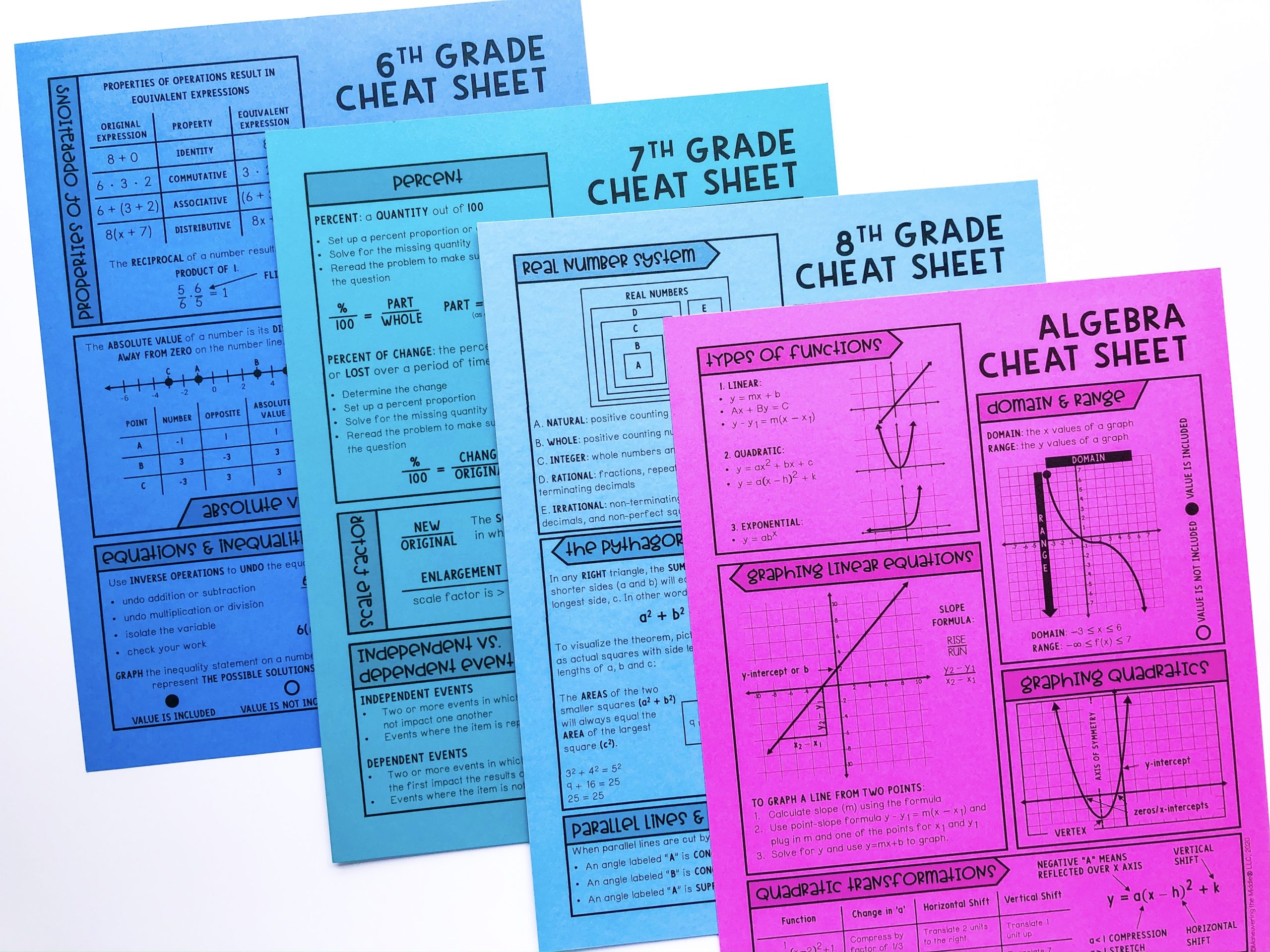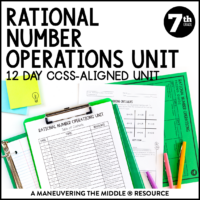Multiplication facts are pivotal to middle school math! I saw firsthand how my students’ lack of fluency slowed them down in regards to simplifying fractions, proportional relationships, and solving equations.
If that sounds like your classroom, we have compiled teacher-generated practices to help your middle school students catch up and internalize their multiplication facts.

Ideas that Use Technology
While most of these websites and apps are free, your students will all need some kind of device to participate.
Multiplication by Heart by Mathigon (free) – “At the beginning of this year, I had kids in one class log into my account and I did it as an entry task every day. When I checked Nov 1st, the improvement was dramatic! So now I have all my math classes beginning with this…I highly recommend it.”
XtraMath ($2 – $500) – “My campus uses it and it makes a HUGE difference!” This is something you are going to need your students to purchase on your behalf because it is expensive if you have more than 50 students, but it was recommended several times.
99 Math (free) – “This has helped mine soo much!” This was recommended as a great whole class activity. I just tried the demo and I had a blast. I could see using this as an incentive to play at the end of class every day or as a way to start your class on a positive, engaged note.
99Math is a live-game experience where students individually solve math facts for accuracy and time. The game is fast-paced, and at the end, the class is given a collective score for accuracy and a few students are recognized for improvement and accuracy.

Math Fact Lab (free) – “This changed everything for my kids!” Here is what I like about this program: you can select the fact family you want your students to practice AND you can also select the type of models (dice, number line, dice) you want for the program to show as your students solve. Math Fact Lab keeps a record of the progress individual students make so you can assign students specific practice.

Non-Tech Ideas
Multiplication War Using a Deck of Cards – If you are unfamiliar with the card game, War, let me provide the basics. The entire deck is dealt among 2 players. Students will simultaneously flip their first card from what they were dealt. In a non-math game, the highest card wins and gets to take the opponent’s card. In this math fact game, the student who answers the product of the 2 cards, takes all the cards. The game is over when one player has no more cards to play.
This premise can be used for integer practice too. Red cards are negative numbers and black cards are positive numbers.
Fearsome 15 – “Fearsome 15 is a 3 week easy way to learn the 15 facts that aren’t 1’s, 2’s, 5’s and doubles … Doesn’t seem so bad with only 15 hard facts to learn.” Wow! I never thought about it that way! There are only 15 math facts to memorize if you already know your 1’s, 2’s, 5’s and 10’s. This download includes tips like “Master the 3’s and 4’s (9 of the hardest facts are found here).”
Classroom Entry or Exit – Stand by your door and ask a math fact as students enter or exit. If a student hesitates or answers incorrectly, they go to the end of the line (this works better for exit – I will admit). You can scaffold depending on the student!
Capitalize on Friendly Facts – You can read more about what I mean in a post I wrote about this topic here.
What tips do you have for multiplication fact fluency in middle school math?





